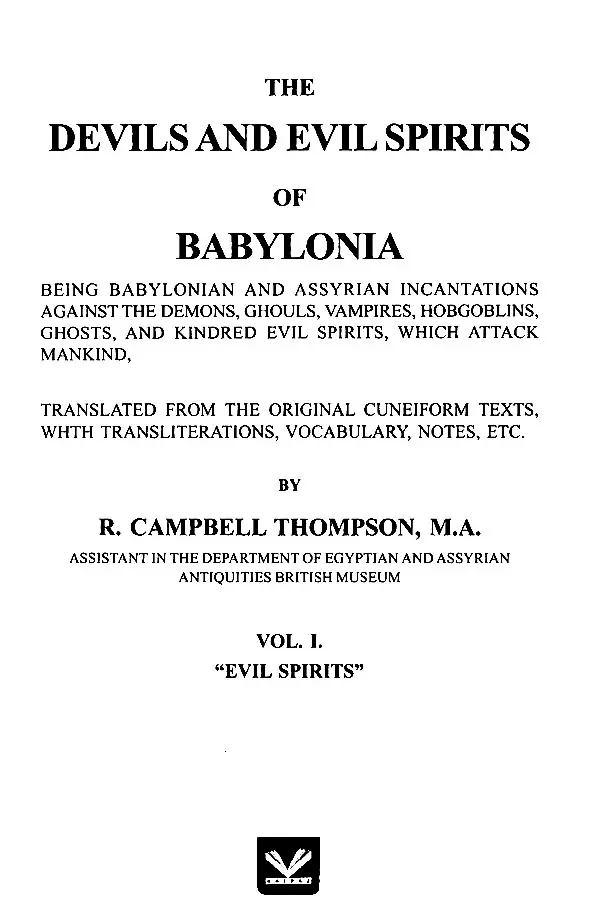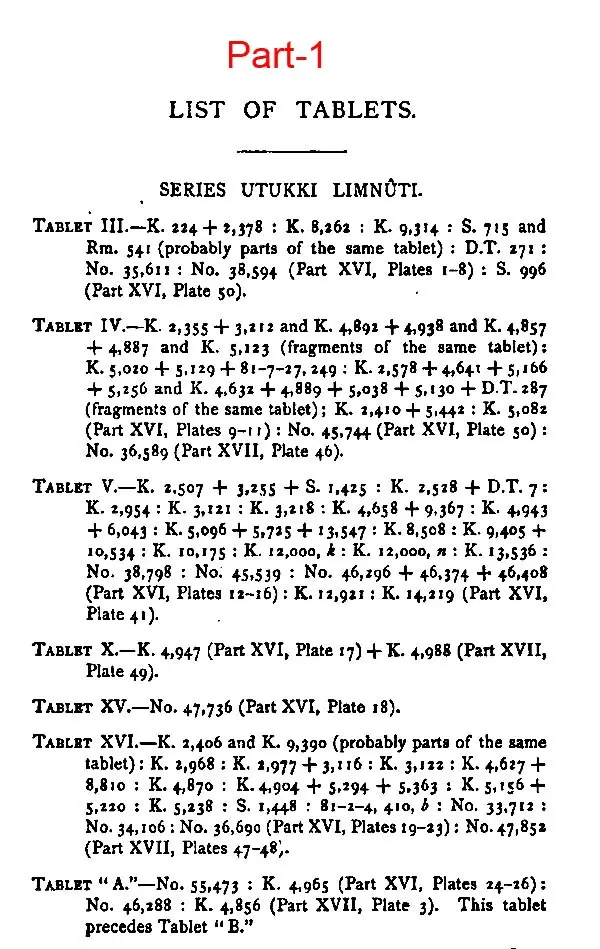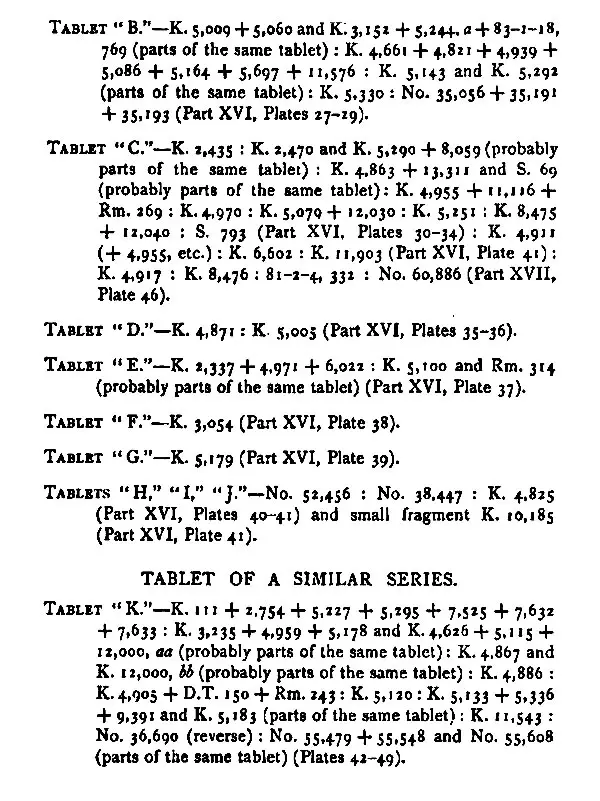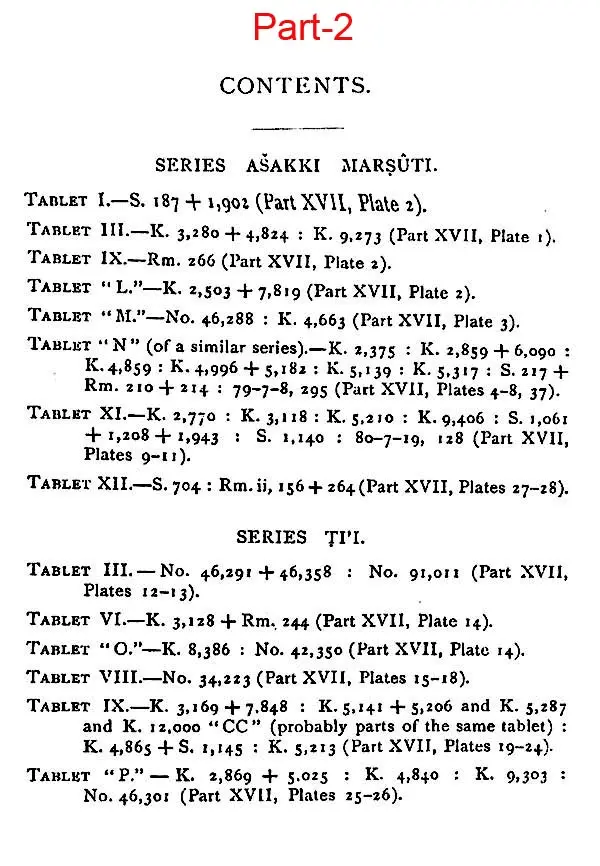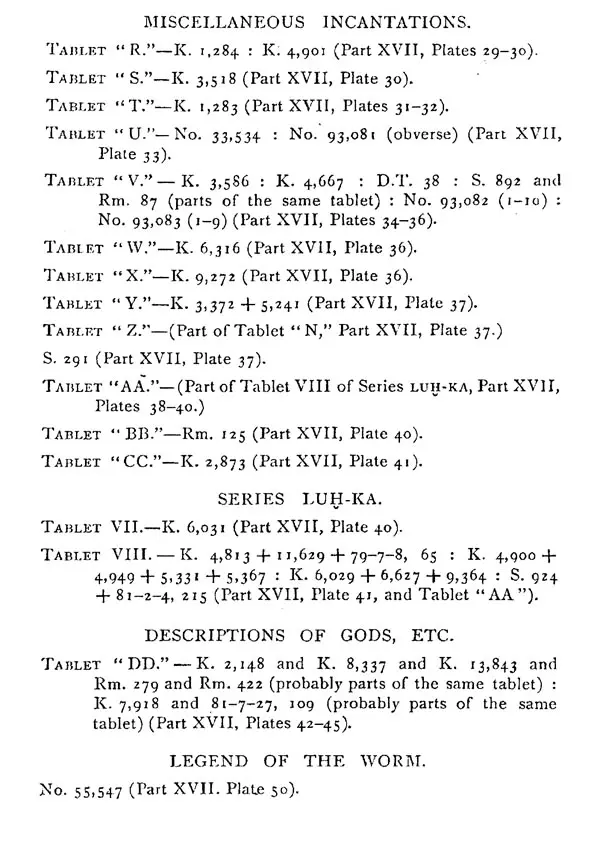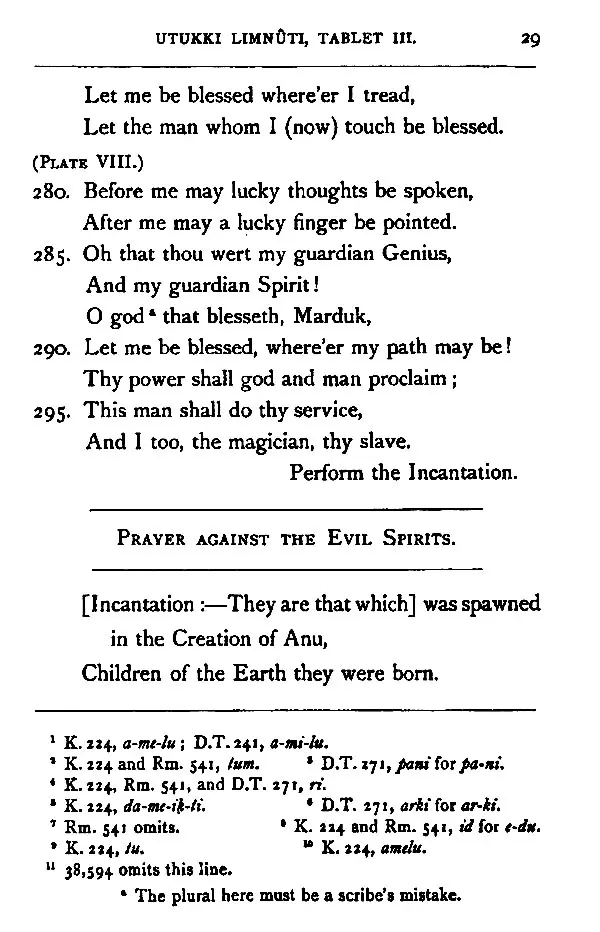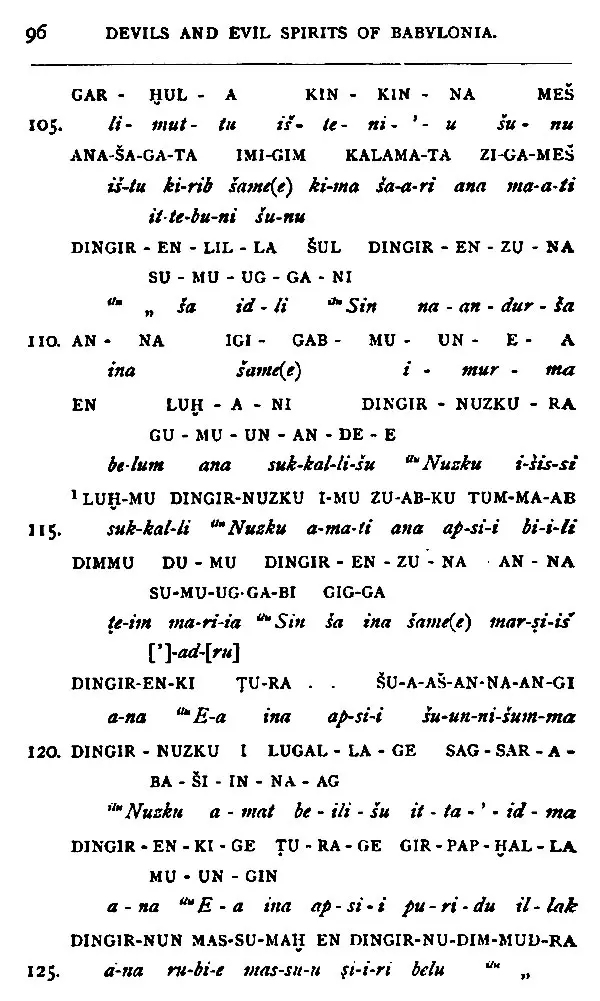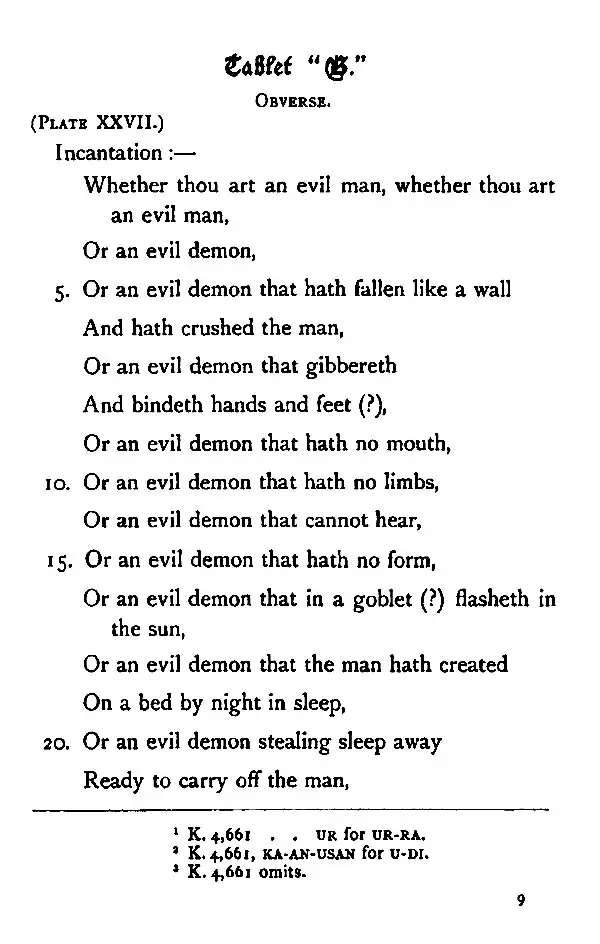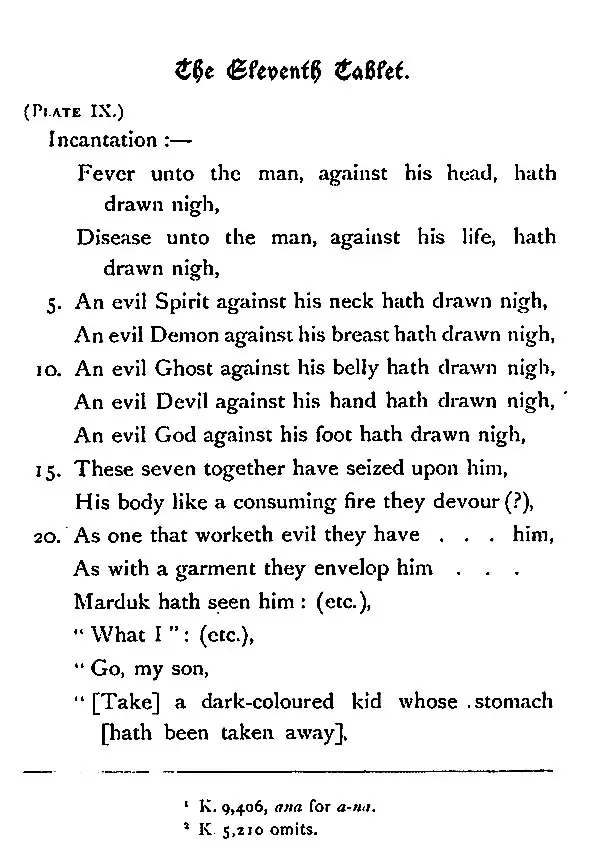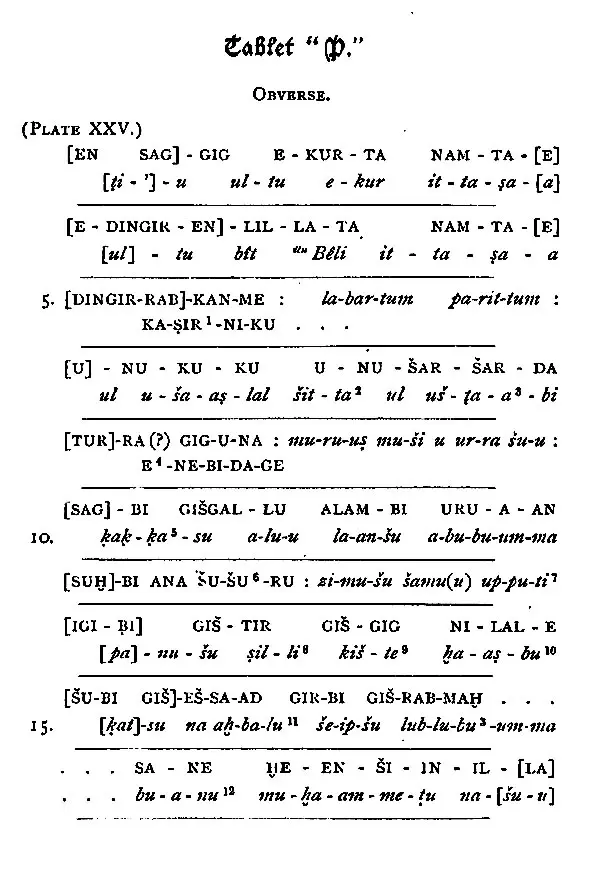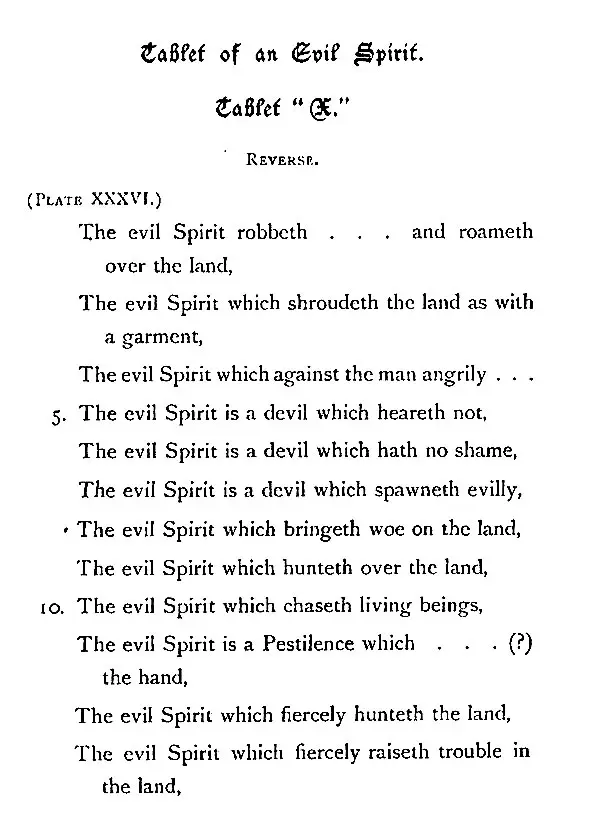
The Devils and Evil Spirits of Babylonia- Being Babylonian and Assyrian Incantations Against the Demons, Ghouls, Vampires, Hobgoblins,Ghosts, and Kindred evil Spirits, which Attack Mankind (Set of 2 Volume)
Book Specification
| Item Code: | UAM857 |
| Author: | R. Campbell Thompson |
| Publisher: | Kalpaz Publications |
| Language: | English |
| Edition: | 2017 |
| ISBN: | 9789351286011 |
| Pages: | 509 |
| Cover: | HARDCOVER |
| Other Details | 9.00 X 6.00 inch |
| Weight | 830 gm |
Book Description
From the earliest times Eastern races, in common with the rest of mankind, have always held a firm belief in the existence of evil spirits, ghosts, and all kindred powers. The phenomena of death, the mysteries of disease and sickness, and all the other events of common occurrence in daily life gave rise to speculations about the unseen world, which gradually led to a distinction, although slight at all times, between good evil spirits. The early Semitic people of Babylonia, who ever they may have been or wherever they may have migrated from, found a theology ready to their hands in their adopted country, which they took over from its primitive inhabitants the Sumerians doubtless grafting to it many of the beliefs of their forefathers. The primitive Sumerian recognised three distinct classes of evil spirit, namely, first came the disembodied human soul which could find no rest and so wandered up and down the face of the earth, secondly, the gruesome spirits which were half human and half demon, and thirdly, the friends and devils who were of the same nature as the gods. Who rode on the noxious winds, or brought storms and pestilence.
R. Campbell Thompson, (1876-1941) was a British archaeologist. assyriologist, and cuneiformist. He excavated at Nineveh, Ur, Nebo, and Charchemish among many other sites. He was born in Kensington, and educated at colet Court, St. Paul school and Caius College, Cambridge, where he read oriental (Hebrew and Aramic) Languages. In 1918 Mesopotamia fell into British hands, and the trustees of the British Museum applied to have an archaeologist attached to the army in the field to protect antiquities from injury. As a captain in the Intelligence Service serving in the region and a former assistant in the British Museum R.C. Thompson was commissioned to start the work. After a short investigation of Ur, he dug at Shahrain and the mounds at Tell- al Laham. After the First World war he held a fellowship at Merton College, Oxford. He died in 1941 aged 64 while serving in the Home Guard River Patrol on the River Thames.
THE object of the two volumes which form the present work is to supply the student of Assyrian Demonology with English transliterations and translations, with the necessary notes, etc., of the documents printed in the Sixteenth and Seventeenth Parts of Cuneiform Texts from Babylonian Tablets, etc., which have been recently issued by the Trustees of the British Museum. An examination of these two Parts will show that they contain copies of all the Tablets belonging to the Series UTUKKI LIMNUTI, ASAKKI MARSUTI, and Tr', i.e., "Evil Spirits," "Fever Sickness," and "Headache," which have now been identified, together with the texts of a considerable number of compositions of a similar character.
These collections of Evil Spirit Texts form large and important sections of the native literature concerning Babylonian and Assyrian Demonology, and there is reason to believe that the material now published represents about one-half of that belonging to the three Series mentioned above which was known to the scribes of Assurbanipal. Of the condition of the archetypes in pre-Babylonian times we have no information whatever, but there is no reason to doubt that the versions which were adopted as standard texts in the reign of Assurbanipal represented sub stantially the readings of the primitive documents. We are, in short, justified in assuming that we have in our hands at the present time tolerably accurate copies of the exorcisms and spells which the Sumerian and his Babylonian successor employed, some six or seven thousand years ago, to avert the attacks of devils, and to ward off malign influences of every kind.
FROM the earliest times Eastern races, in common with the rest of mankind, have always held a firm belief in the existence of evil spirits, ghosts, and all kindred powers. The phenomena of death, the mystery of disease and sickness, and all the other events of common occurrence in daily life gave rise to speculations about the unseen world, which gradually led to a distinction, although slight at all times, between good and evil spirits. The early Semitic people of Babylonia, whoever they may have been or wherever they may have migrated from, found a theology ready to their hands in their adopted country, which they took over from its primitive inhabitants the Sumerians, doubtless grafting to it many of the beliefs of their forefathers. To the latest times, down to a century or two before the Christian era, they retained the doctrines in their original language, making interlinear translations of them for use in the temples and among the doctors, and it is owing to this that we can speak with tolerable certainty on many points of the early religion of Babylonia.
Book's Contents and Sample Pages